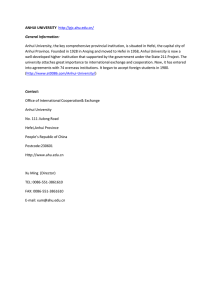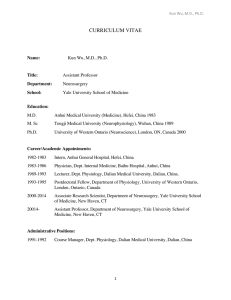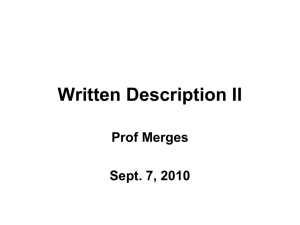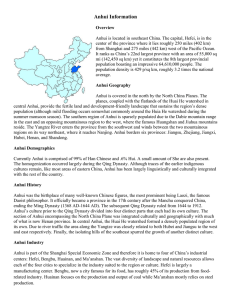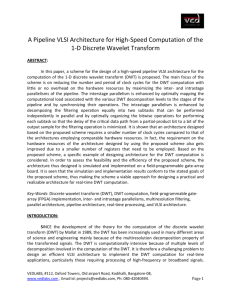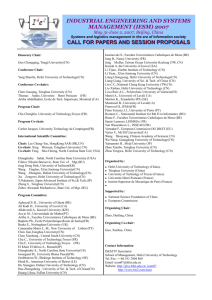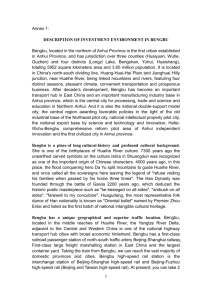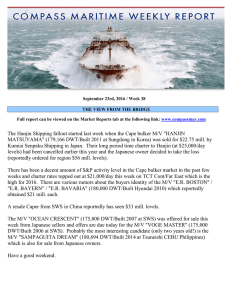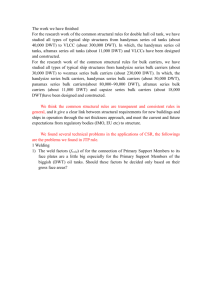A 1400-year terrigenous dust record on a coral island in South
advertisement
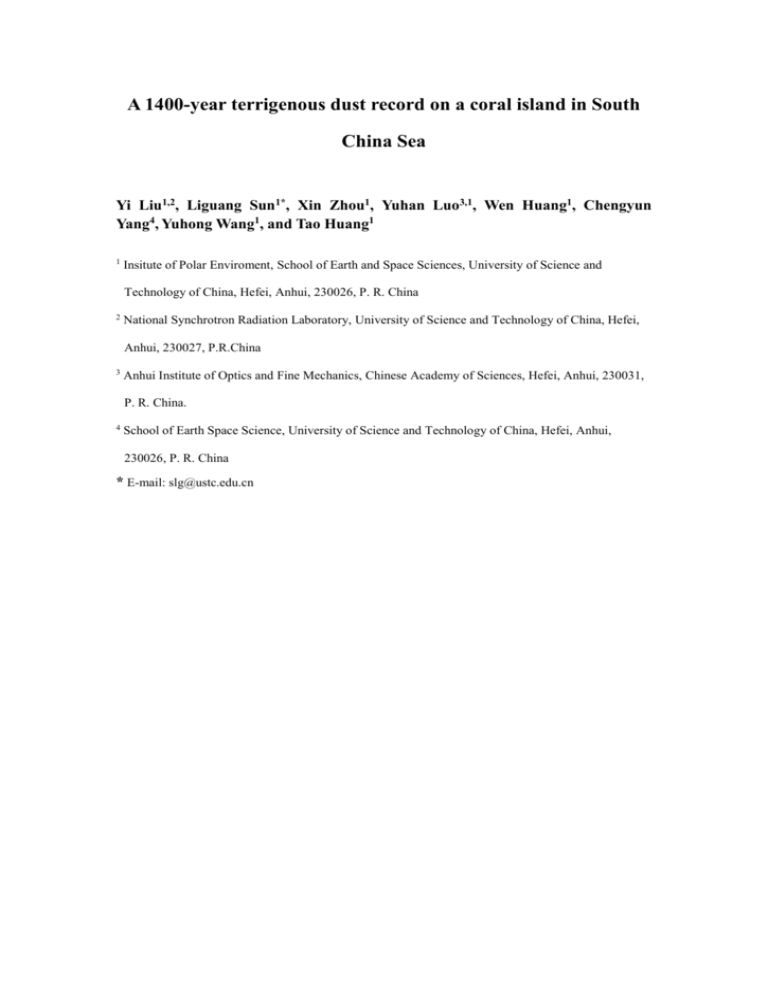
A 1400-year terrigenous dust record on a coral island in South China Sea Yi Liu1,2, Liguang Sun1*, Xin Zhou1, Yuhan Luo3,1, Wen Huang1, Chengyun Yang4, Yuhong Wang1, and Tao Huang1 1 Insitute of Polar Enviroment, School of Earth and Space Sciences, University of Science and Technology of China, Hefei, Anhui, 230026, P. R. China 2 National Synchrotron Radiation Laboratory, University of Science and Technology of China, Hefei, Anhui, 230027, P.R.China 3 Anhui Institute of Optics and Fine Mechanics, Chinese Academy of Sciences, Hefei, Anhui, 230031, P. R. China. 4 School of Earth Space Science, University of Science and Technology of China, Hefei, Anhui, 230026, P. R. China * E-mail: slg@ustc.edu.cn Figure S1. Map of research locations. a, January surface pressure in the East Asia; b, geographical location of Xisha islands; c, terrain characteristics of Dongdao Island and sampling sites of DY2, DY4 and DY6 in cattle pond (modified from reference 30). Figure S 2. Sediment features of DY6. a, composite core schematic and lithological units of DY6. b, sediment images. c-g, micrographs of acid-insobuble particles from different depths. Figure S3. Chronology of DY6. the dates of surface layer from the 210Pbex and 14C versus depths in DY6. Figure S4. R-mode cluster analysis for the 17 inorganic elements in the core. Figure S5. ƐNd(0) values plotted against 87Sr / 86Sr ratios of Luzon Island (white Diamonds), North Pacific aeolian dust (white pentagram),loess from Loess plateau (solid pentagram), North Africa Dust (white triangle), sediment from Western Philippine Sea (cross) and North Luzon Arc (white square), sediments from Pearl River, Red River and Mekong River (solid triangle) and acid-unsolvable particles in DY6 (red solid). Figure S6. Micrographs of the particles in the remains , treated by acetum and H2O2, and then washed by Hydrochloric acid (a-e). dust collected in Hefei in March, 2010 (f). Figure S7. Field Emission-Scanning Electron Microscopic photographs of unsolvable grains in sediment core DY6 (a-d), the red "+" were positions of X-ray Field Emission, particles of loess-paleosol layer in Dukso area, Namyangju City, Korea (e) and ae olian dust from ODP Site 1146 in the northern South China Sea grains (f). Figure S8. X-ray Field Emission Spectroscopy of the particles in Figure S7.
